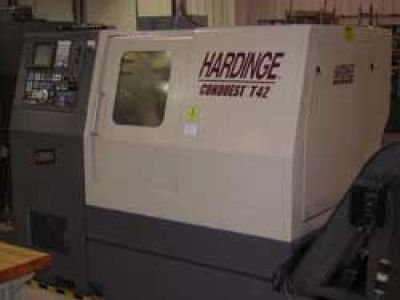The Prototype Process at Protomatic

At Protomatic, we know your idea is important and that is why we ensure it is safe all the way until the finished product. The first step when discussing a new idea is to have a Confidentiality Agreement or Non Disclosure Agreement (NDA) in place. This should be done before you talk with anyone about it and have a patent. At Protomatic, we have worked on countless patentable ideas. Your investment of your time is valuable and should be protected.
The Concept
Protomatic can help at many different design stages. We can help develop your project by scanning similar application parts or simply document your concept.
CAD Design
Our multi-discipline team utilizes CAD software to develop and document your project. Once modeled, we can use Finite Element Analysis to perform design confirmation testing and look for Design Failure Effect Mode Analysis (DFEMA) techniques to optimize product design. Please note that terminology is different for different industries, but the process is similar. Many methods are used.
Prototyping
Once a high level of design completion is performed, then rapid prototypes or conventional prototype can be produced. Methods are selected on cost and needs. Protomatic has a variety of machines to optimize the fabrication process.
Prototype Testing
Verification of Design, sometimes called Design Verification Testing (DVT). The main purpose of DVT is to confirm that product meets specification. Additionally, product should be optimized for manufacturablity. This may require product manufacturing reviews, utilizing PFEMA (Process Failure Effects Mode Analysis), which will confirm product manufacturability risk (performance) when subjected to possible product manufacturing conditions. Most customers perform this function DVT and PFEMA with high levels of detail, making the product manufacturable and reliable for the life of the product.
Pre Production and Production
If everything is done correctly, this is simply duplication of the prototype product. Most people think this is the hard part. Product production may have ramp up delays, but they are much easier to control. The difficulties are finding the requisite money and time, selecting capital equipment, personnel training, process optimization or simply scheduling. These are the fun things, and the reward is the success to all.


